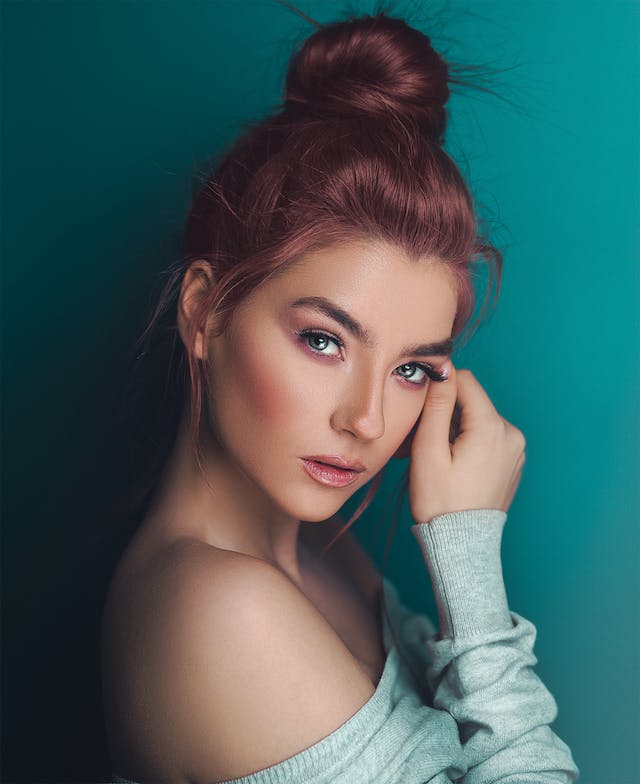The world of beauty and skincare has long been associated with the pursuit of self-enhancement, confidence, and aesthetic appeal. It offers a vast array of products and services aimed at enhancing one’s appearance and overall well-being. However, as anyone who has ever explored this realm knows, the pursuit of beauty can come with a significant price tag. In this article, we will delve into the intricate web of the economics of beauty and skincare. We will explore the factors that contribute to the cost of glamour and provide insights on how to navigate this often complex and expensive industry while making informed decisions.
The Economics of Beauty and Skincare
Understanding the economics of beauty and skincare is crucial for making informed choices and achieving a balance between personal grooming and budgetary considerations. Let’s explore some of the key factors that contribute to the cost of glamour.
**1. Product Formulation and Ingredients: Beauty and skincare products come in a range of formulations, from drugstore brands to luxury labels. The cost of these products can vary significantly based on the quality and complexity of ingredients used. High-end brands often use premium ingredients, which contribute to the higher price point.
**2. Brand Reputation: Well-established brands with a strong reputation often command higher prices. Consumers are willing to pay a premium for products associated with trust, quality, and efficacy.
**3. Research and Development: The beauty industry invests heavily in research and development to create innovative and effective products. These costs are passed on to consumers, especially in the case of advanced skincare formulations and high-tech beauty devices.
**4. Packaging and Presentation: Attractive packaging and presentation can significantly impact a product’s price. Luxury brands often invest in elegant packaging to enhance the overall consumer experience.
**5. Marketing and Advertising: Beauty and skincare companies spend substantial sums on marketing and advertising to create brand awareness and promote their products. These costs are factored into the product’s price.
**6. Exclusivity and Limited Editions: Some beauty products are marketed as exclusive or limited editions, which can significantly drive up their price. Collectors and enthusiasts often seek out such items.
**7. Distribution and Retail Markup: Retailers and online platforms often apply a markup to products they sell. These markups can vary, contributing to differences in pricing between outlets.
**8. Beauty Services: Beauty services, such as salon treatments, facials, and spa visits, have their own cost structures. Factors like location, reputation, and the specific treatment received can affect the price of these services.
**9. Personalization: Personalized skincare regimens and custom beauty treatments are becoming increasingly popular. Personalization often involves higher costs but aims to deliver tailored results.
**10. Sustainability and Clean Beauty: Brands that focus on sustainability and clean beauty may invest more in ethical and environmentally responsible practices. These commitments can impact product pricing.
Navigating the Costs of Beauty and Skincare
While the world of beauty and skincare can be pricey, there are strategies to navigate its economic landscape without compromising on self-care and grooming. Here are some tips for managing the costs of beauty:
**1. Set a Budget:
Determine how much you’re comfortable spending on beauty and skincare products and services each month. Setting a budget will help you make more mindful choices and avoid overspending.
**2. Prioritize Your Needs:
Identify your skincare and beauty priorities. Invest in products and services that address your specific needs rather than succumbing to trends and fads.
**3. Read Reviews and Do Your Research:
Before purchasing a product, read reviews and do thorough research. Knowing a product’s effectiveness and whether it aligns with your goals can help you avoid wasting money on items that don’t work for you.
**4. Look for Discounts and Deals:
Frequently, you can find discounts, sales, and promotions on beauty products and services. Be on the lookout for these opportunities to save money.
**5. Consider Generic or Drugstore Brands:
Not all generic or drugstore brands are of lower quality. Many of these products offer excellent results at a fraction of the price of luxury brands.
**6. Explore DIY and At-Home Options:
Certain beauty treatments, like at-home facials and haircare, can be done effectively on your own, reducing the need for expensive salon visits.
**7. Sample Before Investing:
When possible, sample products before committing to full-sized purchases. Many brands offer sample-sized versions of their products, allowing you to test them before making a financial commitment.
**8. Consult with Experts:
Seek the advice of beauty professionals or dermatologists to understand your specific skincare needs. They can recommend tailored solutions and help you avoid unnecessary spending on products that may not suit your skin type.
**9. Consider Subscription Services:
Subscription services, like beauty boxes, can provide a cost-effective way to try new products and discover what works for you.
**10. Invest in Long-Term Solutions:
In some cases, investing in quality products and treatments that yield long-term results can be more cost-effective than continuously purchasing cheaper alternatives.
The Price of Confidence and Well-Being
While the cost of glamour in the beauty and skincare industry can be daunting, it’s important to remember that personal grooming and self-care are valuable investments in one’s well-being and confidence. Finding the right balance between budget and beauty is a personal journey, and it’s essential to make choices that align with your financial situation and individual needs. By understanding the factors that contribute to the cost of glamour and applying prudent strategies, you can enjoy the benefits of beauty and skincare without breaking the bank.
Ultimately, the economics of beauty and skincare are as much about self-expression and self-confidence as they are about appearances. Beauty and grooming are personal choices that should enhance your self-esteem and well-being. By navigating the industry with mindfulness and a well-defined budget, you can enjoy the advantages of beauty while ensuring that your financial health remains intact. The cost of glamour may be significant, but the rewards in terms of confidence and self-assurance can be immeasurable.







